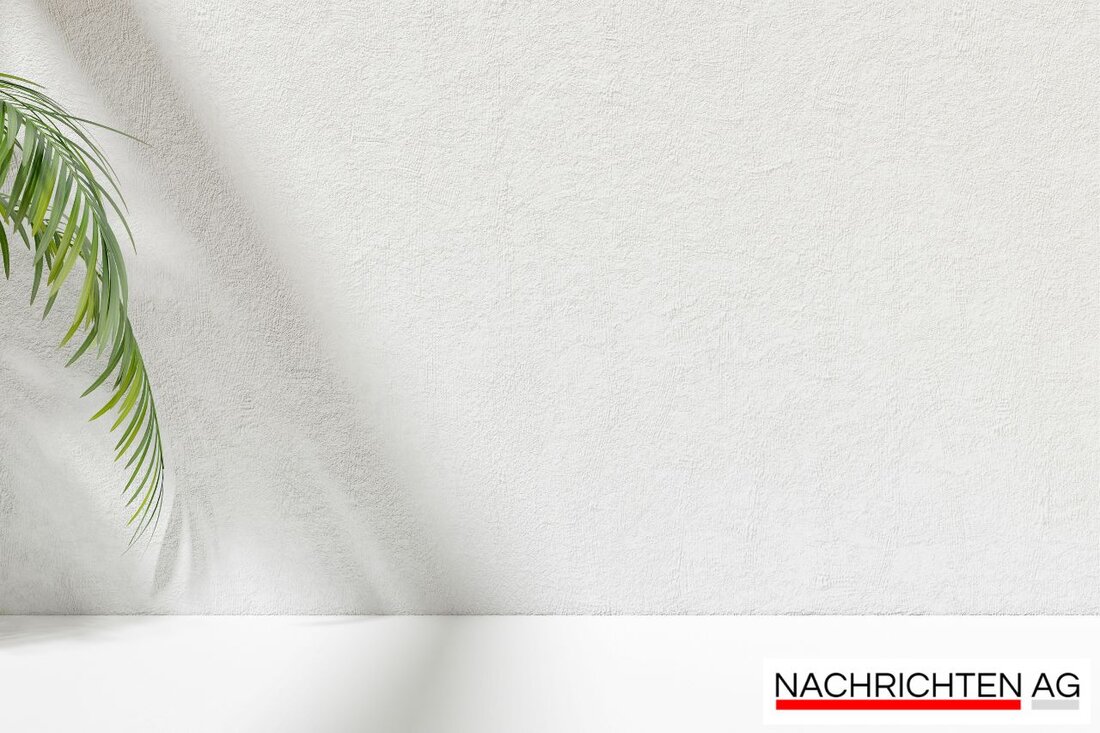Giant kohlrabi from Löwenberg: A vegetable that inspires!
A giant kohlrabi from Löwenberg inspires: Anke Kraatz and her father Lothar Schoof share their gardening joys and recipes.

Giant kohlrabi from Löwenberg: A vegetable that inspires!
In Löwenberg, where the old secrets of the GDR era are still alive, Anke Kraatz recently produced a real “vegetable cup” from her father Lothar Schoof's garden. The impressive kohlrabi weighed an impressive 2.7 kilograms, was 16 centimeters high and 18 centimeters wide. Hendrik, Lothar's grandson, could hardly contain himself and triumphantly held up the giant kohlrabi.
Anke Kraatz had originally planned to cook a simple vegetable soup, but given the dimensions of the kohlrabi, it had to be a tasty kohlrabi soup. She prepared these with belly and comb slices, kohlrabi, kohlrabi leaves and potatoes and rounded off the recipe with a roux. They were joined by Lothar Schoof, who thoroughly enjoyed lunch with his daughter and grandson.
A passionate gardener
Lothar Schoof, at the tender age of 73, is a passionate gardener with an impressive garden of 2,800 square meters in which he not only cultivates kohlrabi, but also lettuce, radishes, cucumbers and many other plants. “I grow everything myself in the greenhouse,” he explains proudly. In the spring he mixes horse manure into the soil to give his plants the best.
What is particularly striking is that Schoof does not use any chemicals. Instead, traditional home remedies work wonders, such as nettle manure, which is used against aphids. This makes him a role model for sustainable cultivation, who also gives his grandson practical experience in the garden.
The kohlrabi in detail
Kohlrabi (Brassica oleracea var. gongylodes) has found its place in Europe since the 16th century and is very popular due to its spicy aroma and nutrient density. Kohlrabi only contains 28 kcal per 100 g, has little fat and is full of vitamins such as vitamin C and B6 as well as minerals such as potassium and calcium. The vegetables are not only tasty, but also healthy and versatile - whether raw in salads or cooked in soups.
A crucial point when growing is the location: Kohlrabi needs a sunny, warm and protected place with humus-rich soil. A pH value between 6.0 and 7.0 is ideal. “Planting works wonderfully as long as the soil is well prepared,” says Schoof, adding that bed preparation should be done in the fall to allow the soil to rest during the winter. After sowing, which happens between the end of March and the beginning of May, the soil should be kept evenly moist so that the plants can thrive.
Kohlrabi and neighbors
The neighborhood in the garden should not be underestimated: Kohlrabi gets along well with cucumbers, beans and peas, while other types of cabbage are not the best friends. Lothar Schoof practices mixed culture in his garden and thus ensures that his plants grow harmoniously.
At the end of the day, it turns out that growing kohlrabi is anything but boring. In fact, it is an art that requires both patience and a good hand. Whether in their own garden or on their plate, the Kraatz family always enjoys fresh, home-grown vegetables. And who knows, maybe it will be the next giant kohlrabi that will be held aloft as a proud trophy.
For anyone who would like to try it: By the way, a harvest of kohlrabi can be achieved after just 7 to 20 weeks after planting - an excellent investment in your health!

 Suche
Suche
 Mein Konto
Mein Konto